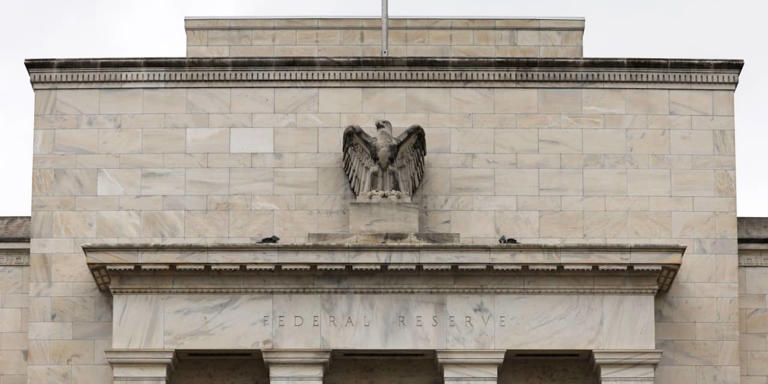Since their designation as U.S. global systemically important banks (GSIBs) in 2015, major financial institutions like JPMorgan Chase & Co., Bank of America Corp., Wells Fargo & Co., Citigroup Inc., Goldman Sachs Group Inc., Morgan Stanley, BNY Mellon, and State Street Corp. have operated under heightened regulatory scrutiny aimed at safeguarding the financial system from potential risks posed by their size and interconnectedness. Central to these regulations is the GSIB surcharge, an additional layer of capital that these banks are required to maintain on their balance sheets to mitigate the systemic impact of their potential failure.
The GSIB surcharge, amounting to approximately $230 billion collectively for these institutions, represents a significant financial commitment aimed at fortifying their resilience against economic shocks and downturns. This capital requirement is determined based on a complex set of metrics and coefficients used by regulatory bodies like the Federal Reserve to assess each bank’s systemic importance. These metrics include factors such as size, interconnectedness, complexity, cross-border activity, and reliance on short-term funding.
Recent developments, as reported by Reuters and corroborated by industry insiders, suggest that these banks may soon see relief from this stringent capital requirement. The proposed changes involve recalibrating the inputs used to calculate the GSIB surcharge, particularly adjusting the coefficients to better reflect economic growth and the relative systemic importance of each bank in the global financial landscape. By potentially lowering their scores on these metrics, the banks could see a reduction in the amount of capital they are required to hold as part of the GSIB surcharge.
This prospective easing of capital requirements comes amid broader regulatory discussions, including revisions to the Basel III framework, which sets international standards for bank capital adequacy, stress testing, and market liquidity risk. These revisions aim to strike a balance between ensuring financial stability and allowing banks to deploy capital more efficiently, thereby supporting economic growth and resilience in the financial sector.
For the affected banks, a reduction in the GSIB surcharge would translate into significant financial savings and increased flexibility in managing their capital. This could potentially enable them to allocate more resources to lending activities, investments in technology and innovation, or returning capital to shareholders through dividends and share buybacks. Moreover, it underscores ongoing efforts by regulators to refine and optimize regulatory frameworks to better align with evolving economic conditions and risk profiles within the banking industry.
In summary, while the specifics of the proposed changes to the GSIB surcharge remain under review, the potential for relief represents a pivotal development for these major U.S. banks. It reflects regulatory efforts to ensure a balanced approach to financial oversight, promoting stability while enabling banks to contribute effectively to economic growth and resilience in the global financial system.
